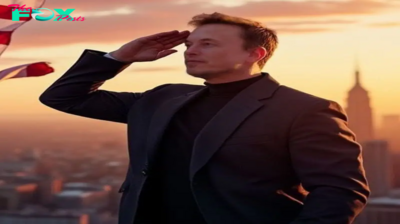Lifestyle
Kiaf Seoul 2024: Why Korea’s Kang Cheolgyu is an Artist to Watch
Ten artists are competing for three awards in the Kiaf Seoul 2024 Highlights section. Prestige spoke to Kang Cheolgyu about the essence of his inner world through his artistic landscapes.
Kang Cheolgyu‘s work is catchy, and functions mostly as a projection of himself. He skilfully captures the essence of his inner world through his artistic portrayal of landscapes. Strongly iNFLuenced by the fictional nature of literature and movies, Kang’s work also adorns book covers; see American fiction writer Nathan Hill’s latest novel Wellness, which Sports Kang’s Looking at Kizuki’s back (2019) on its cover. Kang graduated Hannan University Graduate School of Fine Arts with an MFA in 2019 and will show through Arario Gallery at Kiaf 2024.
Although his work feels and views like an autobiographical novel, be careful asking him about film or literary iNFLuences. “The fact that it has become a question whether a visual artist references and is iNFLuenced by literature and film signifies how much the world has changed. I consider the interplay between all art forms of art, including literature and film, to be another fundamental principle of art.” He elaborates. “Certain works of literature and film offer methodologies for constructing fictional worlds, while others enrich sensitivity and cultural knowledge, and some awaken the urge to create. In this respect, I refer to those who have iNFLuenced me as prior researchers and myself as a researcher in progress. Notable prior researchers include Denis Villeneuve, Jonathan Glazer, Murakami Haruki, Christian Petzold and Kim Ae-ran.”

All Kim’s work is allegorical. For example, will and obsession become deforestation in his work, melancholy and solitude submerge into stillness, survival manifests as hunting, confrontation as a black hole, dominant psychology as a half-human, half-beast figure.
Hunting Note (2023) seems to combine the majority of his tropes – man as beast and beast as man surviving at the wild altar of the great outdoors.
Kang is currently part of a group exhibition at Daejeon Museum of Art, open, and a group show at Schema Art Museum in Cheongju. Next year he will exhibit at the Kumho Museum of Art. Notably, he is yet to show in Europe or America.

What can you tell us about the works you will show at KIAF 2024?
Around the time I first met with Arario Gallery, I was personally facing all kinds of issues, including art, livelihood, finances and internal matters. My works Enemy, Hunting Note, and The Big One reflect the psychology of that time. Eventually, things started to improve, my family regained their health, and I achieved financial stability. The thoughts and psychological experiences from this turning point are what I will be presenting at KIAF24.
Your work has noticeably shifted in tone. Earlier it was domesticated and now it feels wilder, more expansive?
Yes, it has changed, for several reasons. Firstly, I always strive for better work. Seeking and researching better work naturally brings about change. Another reason is due to the characteristics of the subjects I choose; I mark the shift from when black elements started to appear in my work. Previously, dominant psychological states like anxiety were reflected in backgrounds such as weather or space. Recently, these states are represented by black elements, specific objects, or subjects. However, as mentioned, the biggest reason is my strong desire for better work. It will continue to change.

Film and literary references about in your work. Can you cite any iNFLuences that way – we feel everything from Jonathan Swift’s Gulliver’s Travels, to directors the Coen Brothers?
As mobile media and the online world become more prominent in contemporary art, referencing literature, particularly film, has become less common. Sometimes, this aspect is intensely scrutinized or misunderstood, leading to distortions of my work. For example, the most representative case is that I paint based on novels I have written myself. The fact that it has become a question whether a visual artist references and is influenced by literature and film signifies how much the world has changed. I consider the interplay between all forms of art, including literature and film, to be another fundamental principle of art.
Personally, certain works of literature and film offer methodologies for constructing fictional worlds, while others enrich sensitivity and cultural knowledge, and some awaken the urge to create. In this respect, I refer to those who have influenced me as prior researchers and myself as a researcher in progress. Notable prior researchers include Denis Villeneuve, Jonathan Glazer, Christian Petzold, Murakami Haruki, and Kim Ae-ran.
Finally, I want my work to be viewed from the perspective of projection. This means understanding how autobiographical experiences, physical events, psychology, and emotions are projected into the world of images. For instance, how melancholy and solitude submerge into stillness, will and obsession become deforestation, survival manifests as hunting, confrontation as a black hole, dominant psychology as a half-human, half-beast figure. In other words, allegory is my form of rhetoric, and the world formed by this is my work.
-

 Lifestyle1h ago
Lifestyle1h agonew 1497
-

 Lifestyle1h ago
Lifestyle1h agoNew 1490
-
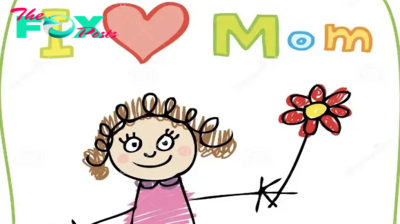
 Lifestyle2h ago
Lifestyle2h agoNew 1489
-
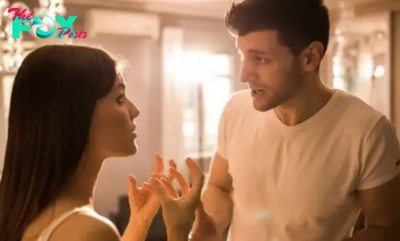
 Lifestyle2h ago
Lifestyle2h agoNew 1486
-

 Lifestyle3h ago
Lifestyle3h agoThe price of charity | The Express Tribune
-
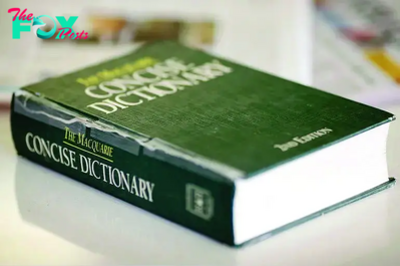
 Lifestyle3h ago
Lifestyle3h ago'Enshittification' sums up the internet's downfall | The Express Tribune
-
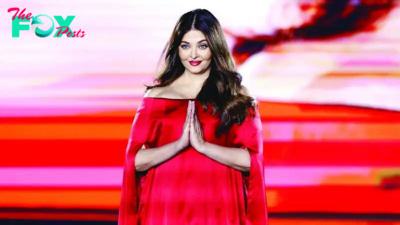
 Lifestyle8h ago
Lifestyle8h ago'Look the problem directly in the eyes' | The Express Tribune
-
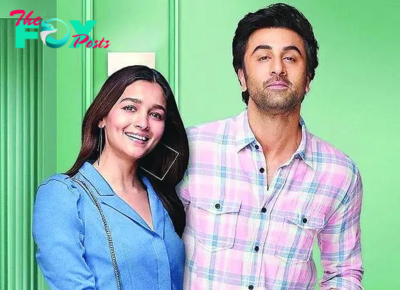
 Lifestyle8h ago
Lifestyle8h agoWhat Alia asked Ranbir when they first met | The Express Tribune
